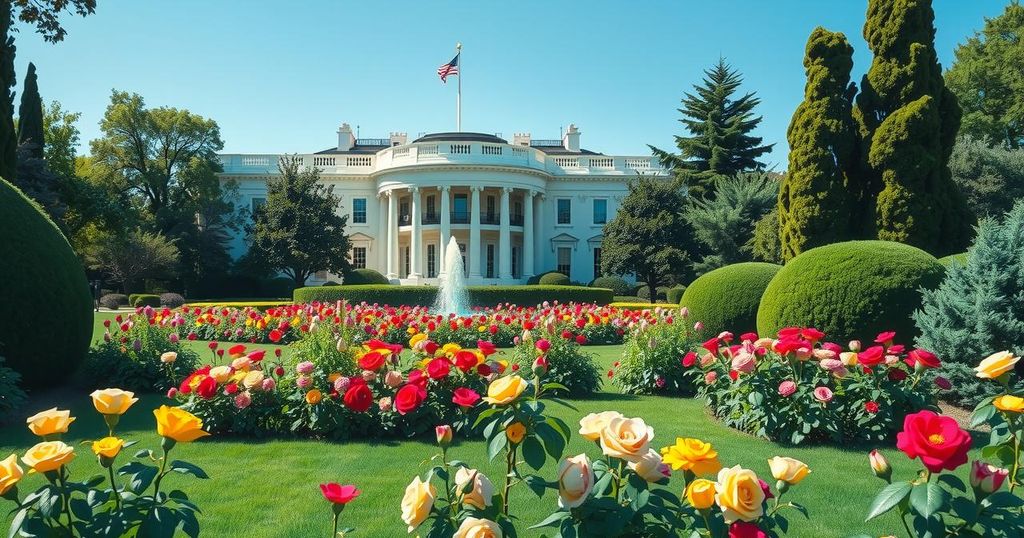Brazil’s government has kept its GDP growth forecast for 2023 at 2.3% while raising inflation expectations to 4.9%. As the central bank prepares for another interest rate hike, the government projects a growth rate of 2.5% and inflation of 3.5% for 2026.
On Wednesday, Brazil’s government reaffirmed its 2023 economic growth forecast at 2.3% while marginally adjusting its inflation estimate. The finance ministry’s economic policy secretariat highlighted that gross domestic product (GDP) growth in Brazil, the largest economy in Latin America, is expected to decelerate in the latter half of the year following a robust expansion in the first quarter.
In conjunction with this report, Brazil’s central bank is implementing a rigorous monetary tightening strategy aimed at curbing inflation. Market analysts anticipate that policymakers will announce a third consecutive interest rate increase of 100 basis points, raising the rate to 14.25% later today.
Additionally, the government increased its inflation projection for 2023 to 4.9%, up from 4.8% in February. While food prices are expected to moderate by year-end, the ministry indicated that costs for industrial goods are likely to accelerate. They noted, “Rising protectionism tends to pressure inflation,” specifically referencing the tariff policies instituted by former U.S. President Donald Trump.
Looking ahead, the finance ministry has also outlined initial projections for 2026, forecasting economic growth of 2.5% and a slowdown in inflation to 3.5%. The ministry stated that the growth forecast of approximately 2.5% is anticipated to persist in subsequent years, suggesting that inflation could align closely with the central bank’s target of 3% starting in 2027.
Brazil’s government maintains its 2023 GDP growth forecast at 2.3% while revising the inflation rate upwards to 4.9%. The upcoming interest rate hike signifies ongoing efforts to combat inflation amid rising costs and protectionist pressures. Initial forecasts for 2026 indicate a modest economic growth rate of 2.5% and a decrease in inflation to 3.5%, projecting a return to stable inflation rates aligned with targets by 2027.
Original Source: www.marketscreener.com




